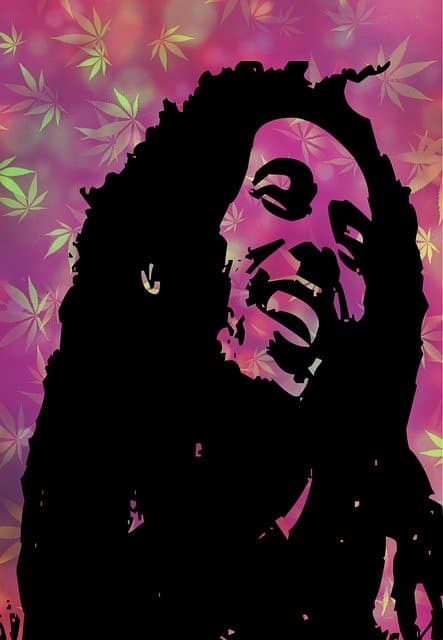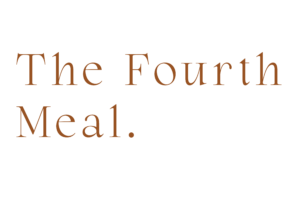FLAVORS OF JAMAICA
The land of color, culture, Rastafarianism, and Reggae music. Jamaica is an Island nation Situated in the Caribbean sea. When one thinks of Jamaica, red, black, green, music, art, and pure bliss pops in mind. Of course, this is the home of the legendary Bob Marley. Jamaica forms a part of the Greater Antilles. The Greater Antilles is a group of the largest islands in the Caribbean sea; including Puerto Rico, Hispaniola, Cuba, and The Cayman Islands.
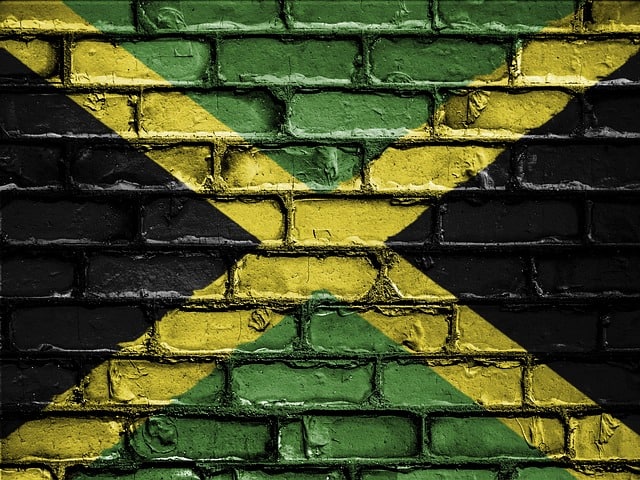
The Spanish infiltration
1494 saw the arrival of Christopher Columbus on the Arawak’s Island of Xaymaca (which translates to “land of wood and water”). The Tainos (also known as the Arawaks) were the indigenous people of the Caribbean before the arrival of the Spanish in 1494. With the majority of the population concentrated along the coast and rivers, seafood was a staple in the diet of the Tainos. At this point, they grew cassava, cotton, maize, yams, tropical fruit, various vegetables, and tobacco. After colonization by the Spanish, the majority of the Taino population were killed off and some through time died of disease. It was at this point that the Spanish started importing a large number of slaves from West Africa. Under Spanish rule, the island remained poor since the main use was as a supply base for bigger Spanish colonies around the Americas.

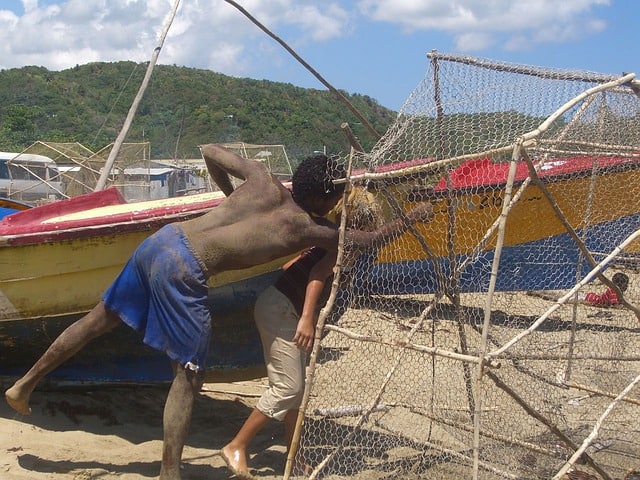
British conquer and rule
The British conquered the now Spanish island of Xaimaca in 1655 and renamed it Jamaica. The importation and use of slave labor continued under British rule, with a large concentration on the sugar cane fields. This led to Jamaica becoming the leading sugar exporter. Most of the slaves in Jamaica were from West, Central, and South-east Africa; this African mix made up the majority of the population. Jamaica went on to become economically viable under British rule. As years went by, frequent rebellions by the slaves and many emancipation movements became prevalent. These became powerful factors that were are among those that contributed to the abolishment of slavery in Jamaica. Although the abolishment bill was passed in 1808, full freedom was realized in 1838. The mix of cultures continued with the arrival of Indian and Chinese laborers and indentured servants around 1845. This was due to the abolishment of slavery.
1962, Jamaica wins independence from England.
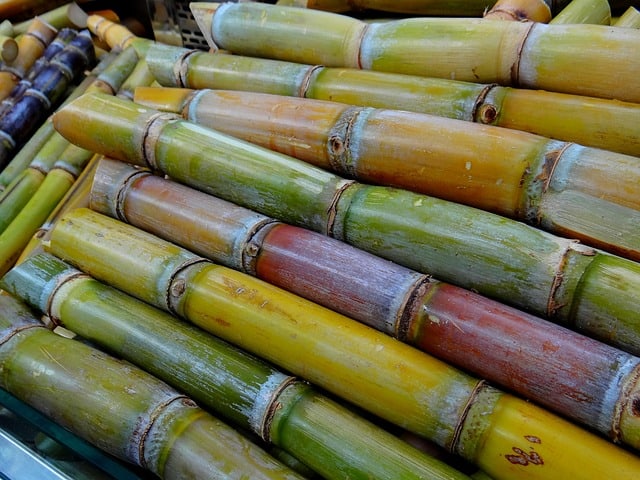

A flavor of cultures
The history of Jamaica was by no means a smooth one, but it is what defined the nation. Afro Jamaican cuisine has its roots in Western and Central Africa, while indo-Jamaican has its roots in India. Although these are among the most prevalent, they form only a part of the flavors of Jamaica. Throughout history, every culture that had touched Jamaican soil has had an impact on the food of the nation. From Spanish to English, to the Portuguese, to Chinese, to African, to Indian. This not only shows how rich the flavor Jamaica is; it also reminds us of how our roots define us as a nation. You can find dishes from Roti and curries influenced by India to Cornish style pastries, with that English influence. The food that greatly defines Jamaica is the food of the slaves, the food of West and Central Africa.
Ital is Vital
Rastafafarian cuisine comprises vegetables, fruit, grains, pulses (etc). The culture mostly embraces a vegan diet. Ital; which derives from the English word “Vital”; is the name given to this concept of healthy eating with the focus on health and energy *vitality*. The Ital diet forbids the hurt brought upon God’s creatures as in other diets. The Ital movement follows strict rules under the Rastafarian faith. The focus being peaceful living and respect for nature.
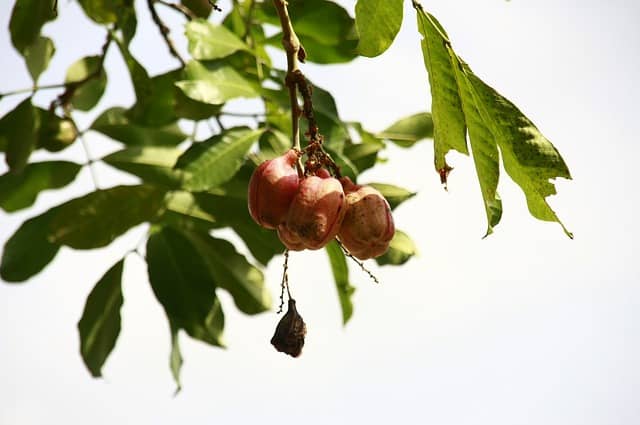
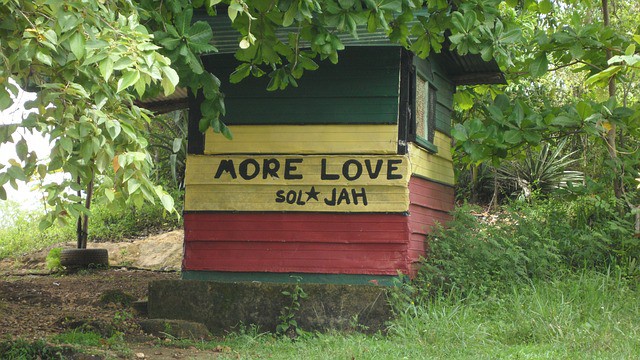
Flavors of Japan
Jamaica has very fertile lands and produces a variety of crops. Sugar cane is still the main crop grown in Jamaica. Followed by Tobacco, Banana, Coconut, Ackee, cocoa, Tropical, and Citrus fruit. Sugar is also used for the production of Molasses and Rum. Ackee, also known as Jamaica’s national fruit is pear-shaped and reddish in color when ripe. It has a nutty flavor with the texture of scrambled eggs. It is also worth noting that the fruit is known to be toxic in its raw form and needs to be thoroughly cooked before eating. What are the favors of Jamaica?
| Ackee | Cho Cho | Molasses | Rum |
| Allspice | Cloves | Nutmeg | Saltfish *SaltCod* |
| Avocado | Cocoa | Okra | Soursop |
| Banana | Coconut | Papaya | Stringbeans |
| Breadfruit | Curry | Peanut | Sugar Cane |
| Callaloo | Custard Apple | Peas | Sweetsop |
| Cashew | Ginger | Peppers | Thyme |
| Cassava | Goat | Pimento | Tobacco |
| Cerasee | Jackfruit | Pineapple | Yams |
| Cinnamon | Jerk | Plantain | |
| Citrus Fruit | Mango | Rice |
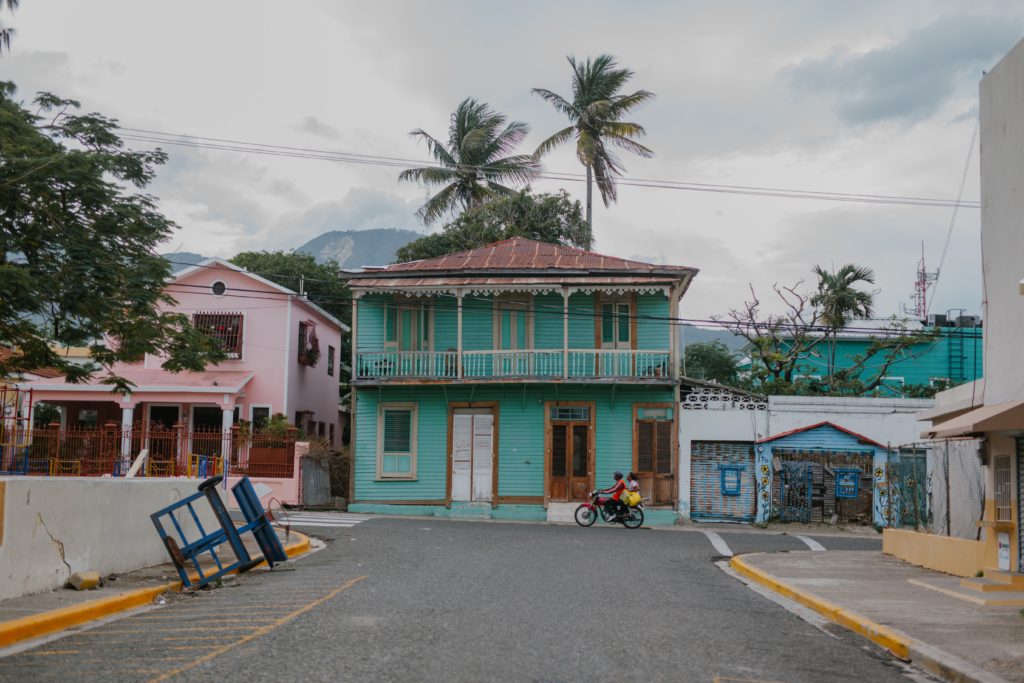
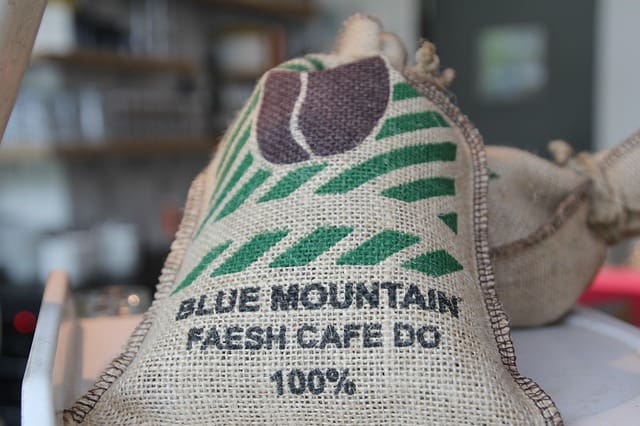
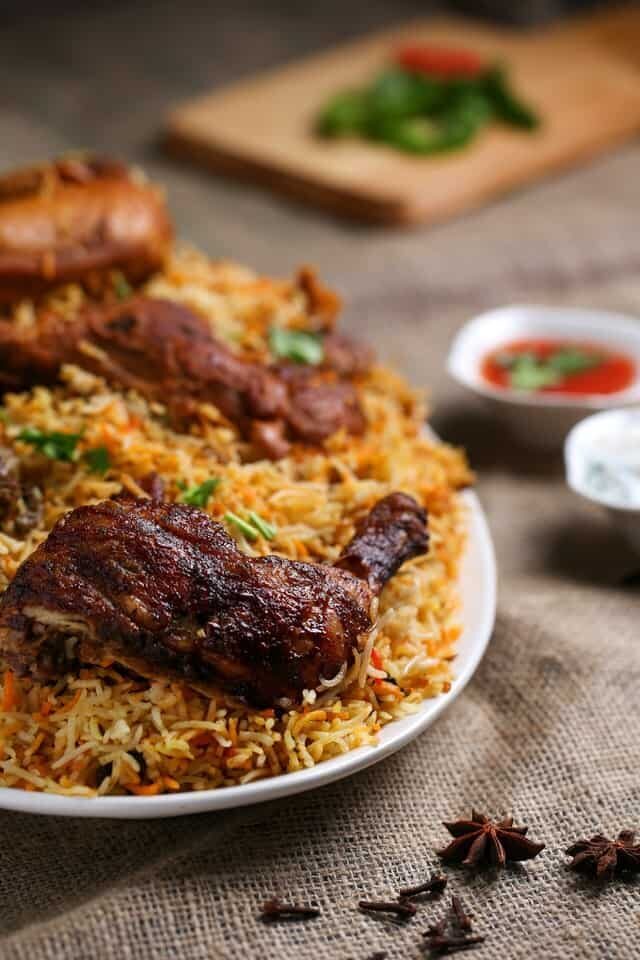
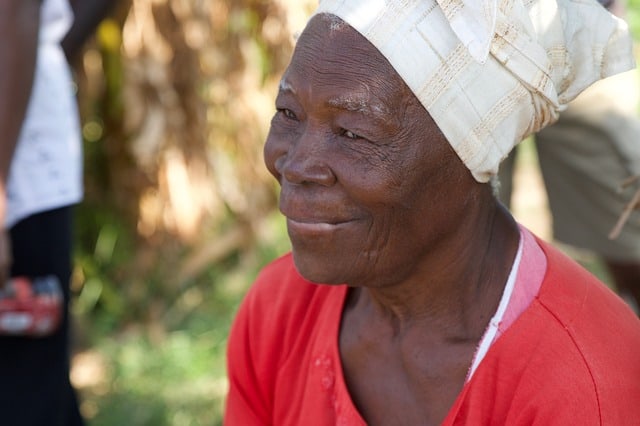
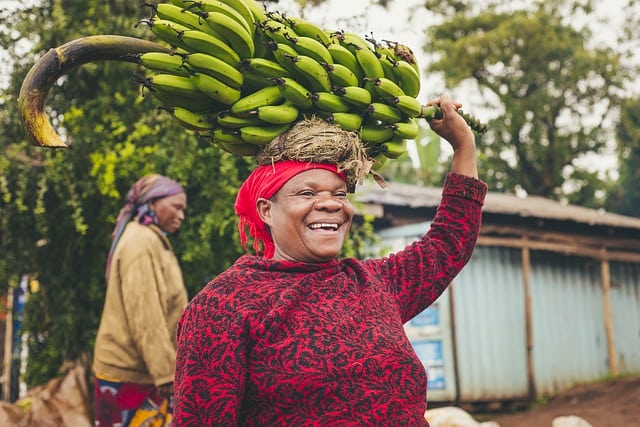
Some dishes of Jamaica
| Savory Beef Patty – Beef wrapped in pastry *Similar to Cornish Pastry* Coconut Shrimp – Coconut & Shrimp dish that is fried, baked, skewered of stewed Curry Chicken – Curried Chicken stew Curry Goat – Curried Goat stew Chicken foot Soup – Soup made from chicken feet Fish Tea – Spicy Fish broth with fish and vegetables Oxtail & broad bean stew Saltfish with Ackee – Jamaican national dish made with salt-cod and ackee Jerk Chicken or pork – Meat is marinated in jerk spice/marinade then cooked over fire/grilled Ital stew – Rastafariam Vegetable stew Run Down / fling Me far – Seafood and shellfish and vegetable soup with reduced coconut milk Cow foot and broad bean stew Cow heel soup Fried plantains Fried Rice Fried Bananas Mannish Water – Goat soup made from different parts of the goat Roasted Breadfruit Cook up Rice – Similar to pilaf, rice is cooked with various ingredients such as meats, seafood, veg and coconut milk Pepperpot – Stew made with meat, Caribbean peppers, cinnamon, and cassareep *cassava sauce* Bammy – Jamaican Cassava flatbread Rice & Peas Taro Dumplings Cornbread |
| Sweet Spiced Bun – Sweet spiced bread roll Rum Cake – Jamaican rum-flavored cake Black cake – Cake similar to the English Christmas Fruit Cake Coco Bread – Coconut bread, slightly sweet but mostly eaten with savory dishes Rock Cake – Crusty shortbread-like cake resembling a rock. Bulla Cake – Ginger & Nutmeg cake sweetened with molasses Mango Ice Cream Soursop Ice Cream Rum & Raisin Ice Cream Dragon Stout Ice Cream Gizzada / Pinch me round – Spiced coconut tart Yam Pudding Cornmeal Pudding Coconut Drops – coconut, brown sugar, and ginger Toto – Jamaican coconut cake Asham – Corn and sugar-based dessert |
| Drinks Spiced Carrot Juice Ginger Beer Ting Blue mountain coffee Jamaican Rum Roots Wine – medicinal beverage Herbal teas Limeade – Lime drink sweetened with sugar Sorrel – Hibiscus tea Irish Moss – red algae boiled in milk & cinnamon, vanilla, and nutmeg & sweetened with sugar or condensed milk. Guinness punch – Guinness stout with cinnamon, nutmeg & Vanilla Beer Horlicks Milo |
The Jamaican jerk
The term Jerk is a method of preparing meat by marinating (either wet or dry) it in a Jerk spice mixture, often for extended periods, then slowly cooking over fire or wood-burning ovens. This is how the smokey flavor is achieved. Unique to Jamaica, it is believed to have been developed by the Arawaks and the Maroons that moved inland after their liberation from their Spanish masters during the Spanish Invasion. Maroons were Enslaved Africans who fled inland during the Spanish conquest.
| Ingredients | Method |
|
Dry Fresh Wet |
Place all dry ingredients in a bowl. All spices (dry ingredients) should be finely ground beside the black pepper (coarsely ground) and thyme (roughly chopped. Place all the fresh ingredients in a grinder or mortar & pestle and grind to a thick paste. Mix the wet ingredients together and to the fresh and dry ingredient mix. Adjust the seasoning with salt if need be. Marinate Chicken / Pork for at least 2 hours prior to grilling / hot Smoking. |
Note: This recipe calls for chipotle peppers and liquid smoke.
These ingredients will add the much-needed smokey flavor to the dish, especially if you’re just grilling and not necessarily smoking. If you’re using a smoker or wood-burning oven, you can omit the liquid smoke and use the scotch bonnet pepper instead of the smokey chipotle peppers, or you can just use it as is AND smoke.
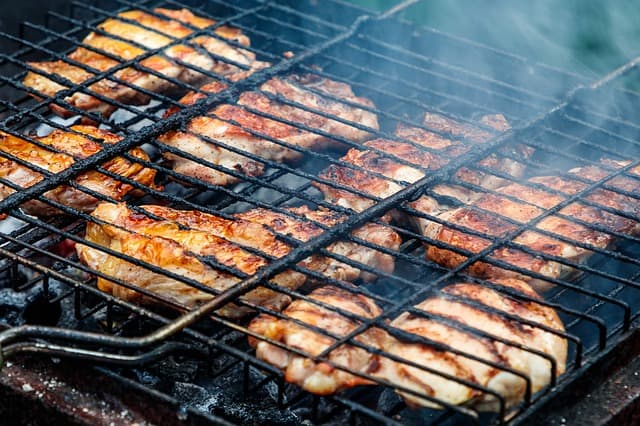
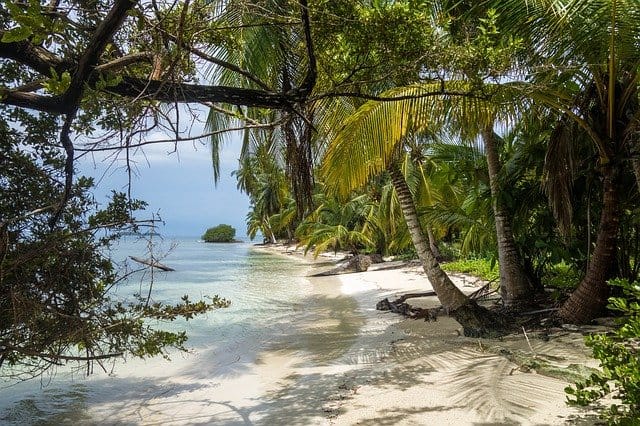
Conclusion
The Transatlantic slave trade played a very important role in the shaping of Jamaica as we know it. Integration of Africans in the form of slavery, and Indians & tribes from other Asian states in the form of indentured servants, as well as the result of trade with other nations throughout history, has made way for this unique blend of flavors that define the great nation of Jamaica.
